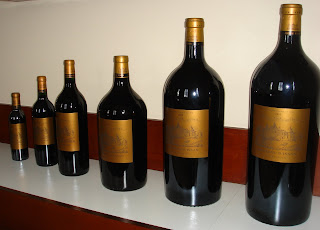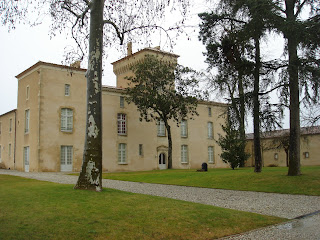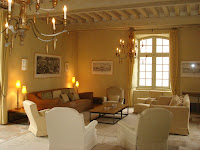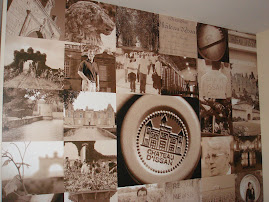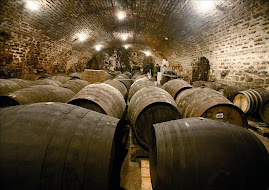
Dear Italian wines defenders,
As some of you probably noticed, I was in Italy this month of January 2008. This time, I took along with me a great translator "Rosella Sabouraud" (below) I couldn't find better tranlastor than a native speaker which is my mother and she is from Torino to meet some differents wineries mostly in the Piedmont region.

In fact, we will focus into one "Gaya". We arrived in the afternoon at Gaya winery in the center of Barbaresco village and Mr.Stefano Canello (Mr. Angelo Gaya relative's, right side) conducted the visit.


Going back to their history, you have to know that Gaja family settled in the piedmont region in the northwest Italy in the mid-seventeenth century. Four generations of Gajas have been producing wines in Piedmoont's Langhe hills since 1859, the year Giovanni Gaja, a local grape grower, founded the Gaja Winery in Barbaresco.

Today, The Gaja winery owns 250 acres of vineyards in the Barbaresco district (Barbaresco and Treiso) and the Barolo district (Serralunga d'Alba and La Morra). In 1988, they acquired a 30 acre vineyard in one of Serralunga's best areas and named it Sperss, which means in Piedmontese for nostalgia. It refers to the Gaja family's nostalgia for the powerful character of Serralinga wines. So, this wine is Langhe Nebbiolo DOC 94% Nebbiolo and 6% Barbera. We are in presence of a deep structure, the nose is pure and very focused fruit with a touch of truffles. Ageing will be 12 months in barriques then 12 months in large Oak casks.

In 1994, the Gayas acquired their first wine estate in Tuscany, Pieve S.Restituta in Montalcino. The property's forty acres of vineyards produce two brunello di Montalcino wines: Sugarille and Rennina.
In 1996, the Gaya family purchased a second property in Tuscany, Ca'Marcanda, located in the bolgheri district in the commune of Castagneto Carducci. New plantings of Merlot and Cabernet Sauvignon as well as Cabernet Franc, Syrah and Sangiovese cover 250 acres. The wines produced at Ca'Marcanda are Promis, Magari and Camarcanda (below). The 2000 vintage is the first release of each of these wines.

This is wine is Bolgheri DOC, 50% Merlot, 40% Cabernet Sauvignon and 10% Cabernet Franc. It is very complex and well-structured, nose with rich fruit. Ageing 18 months in new barriques, then at least 12 months of bottle ageing.
We would like to thank you for you warm welcome.
Saluti and Grazie!
MFM





